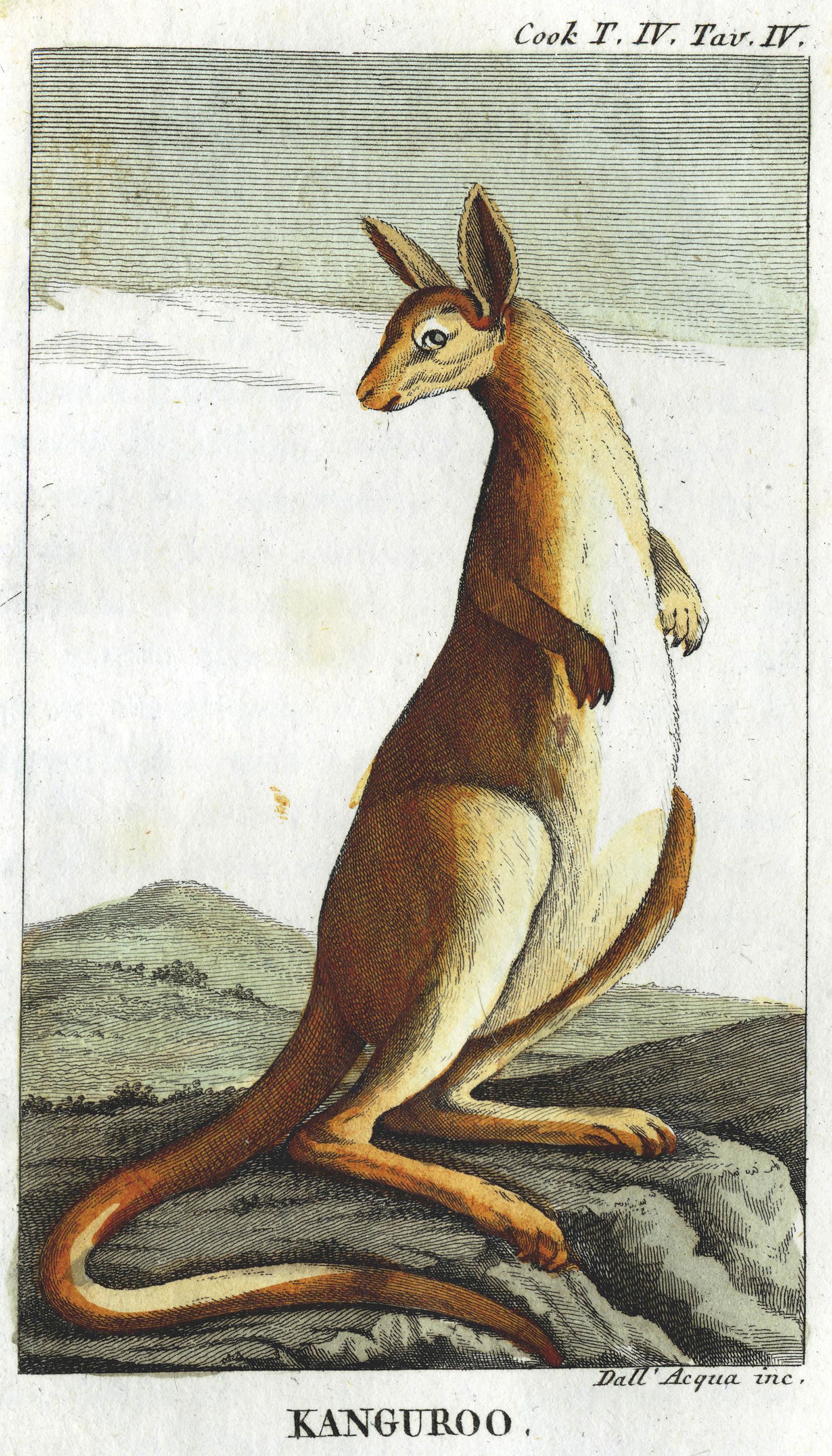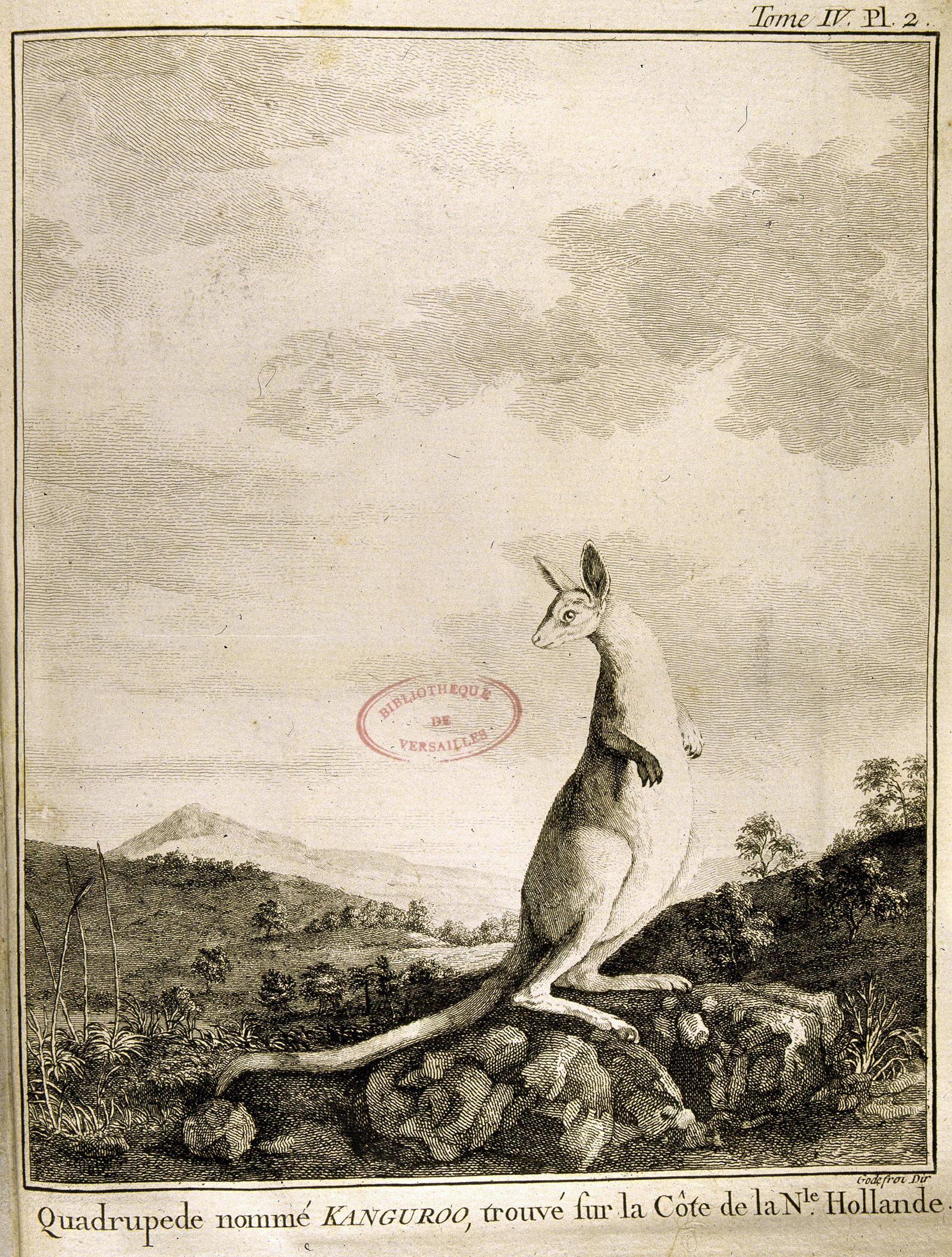Editor’s note: The views expressed in this commentary are solely those of the writers. CNN is showcasing the work of The Conversation, a collaboration between journalists and academics to provide news analysis and commentary. The content is produced solely by The Conversation.
(The Conversation) — In 1772, Joseph Banks commissioned the foremost painter of animals in England, George Stubbs, to paint a dingo and a kangaroo.
To our modern eyes, the paintings lack the vitality and strength of the animals we are familiar with in Australia. The kangaroo more closely resembles a rodent than a bipedal marsupial; the dingo’s glassy-eyed stare lacks any animation.
Read more: It’s Australia vs England in battle over Stubbs masterpieces
Stubbs was renowned for how well he painted horses and dogs. Even today, his paintings capture the lifelike individual essence of his subject. So why did his paintings of the dingo and kangaroo — some of the earliest European representations of Australian animals — look so strange?
‘To compare it… would be impossible’
Stubbs had not travelled with the 1768 Endeavour expedition to the South Seas. Instead, Banks commissioned him to paint from skins collected during the voyage.
While the journey was officially to chart the transit of Venus across the Sun from the vantage point of Tahiti, King George III also secretly instructed James Cook to search for the fabled Terra Australis Incognito and, “take possession of a Continent or Land of great extent… in the Name of the King of Great Britain.”
Banks collected the skins of a “large dog” and a “kongouro” (thought to be a misinterpretation of the Guugu Yimidhirr word gangurru, which refers to the grey kangaroo) when the Endeavour pulled into a safe harbor for repairs after striking the Great Barrier Reef in June 1770.
Banks recorded his first impressions of this very unfamiliar animal in a journal entry dated July 14:
Sydney Parkinson, one of the artists who accompanied Banks, made five sketches of the dead animal after it was shot by one of the ship’s gamekeepers. These sketches, the flayed (and possibly inflated) skins, Banks’ journal entry and his personal memories were the material that informed Stubbs as he made his preparations to paint these very unfamiliar animals.
Read more: The art of the colonial kangaroo hunt
The semantic memory
In addition to his anatomically correct forms of horses and dogs, Stubbs also painted exotic animals like the lions housed in the Royal Menagerie. But his paintings of the dingo and kangaroo were the first time he painted animals he had never studied from life.

Stubbs capitalised on the swell of interest in the return of the Endeavour by exhibiting the paintings at the Society of Artists in London in 1773.
This brought the dingo and the kangaroo to both the scientific community and public’s attention. The animals became the two most associated with Australia — adding greatly to Great Britain’s sense of national pride as the conqueror of new worlds.
Read more: Terra nullius interruptus: Captain James Cook and absent presence in First Nations art
Stubbs’ kangaroo painting set the standard for future representations of the animal until well into the 19th century, serving as a model for engravings and illustrations used in scientific and popular publications.
But Stubbs’ kangaroo more closely resembles the rat-like Gerbua of Banks’ description than the creature we know today. This can perhaps be explained by Stubbs’s unfamiliarity with the animals.
As an artist who had made a lifelong study of the anatomy and movement of animals, he would normally have relied on what psychologists refer to as “implicit memory” when painting his subject in the studio — the unconscious memory he would instinctively rely on from years of painting animals he was familiar with.
It’s a bit like riding a bicycle: once learned, it’s never forgotten.
In the case of his kangaroo, though, Stubbs primarily relied on “semantic memory,” or general knowledge of his experiences in the world, to paint the unfamiliar by utilizing the knowledge, written material and personal recollections Banks had given to him.
Having been told a kangaroo was a giant rat-like gerbua by Banks, it is understandable that Stubbs also relied on his implicit memory of rats and gerbuas to depict the kangaroo.
Rendering the unfamiliar
As an artist, I can relate to this. My paintings of unfamiliar landscapes in Scotland and Ireland always seem to depict trees that look like eucalypts.
Despite using the same brand of watercolours I have used my whole artistic life, the way I paint the interplay of light, shadow and hue on mountain passes, birch groves and fields of heather and gorse usually seems more gaudy than the dull blue-grey colours of the Australian bush.
Unconsciously, I overlay the hues of the Australian landscape onto my paintings of the British landscape in order to tone the gaudiness down. Much like the English painters who conversely depicted the Australian bush as English landscapes, I’m rendering the unfamiliar familiar.
Janelle Evans is a senior lecturer of critical and theoretical Studies at Victorian College of the Arts, Faculty of Fine Arts and Music, The University of Melbourne.
Republished under a Creative Commons license from The Conversation.
Republished under a Creative Commons license from The Conversation.







